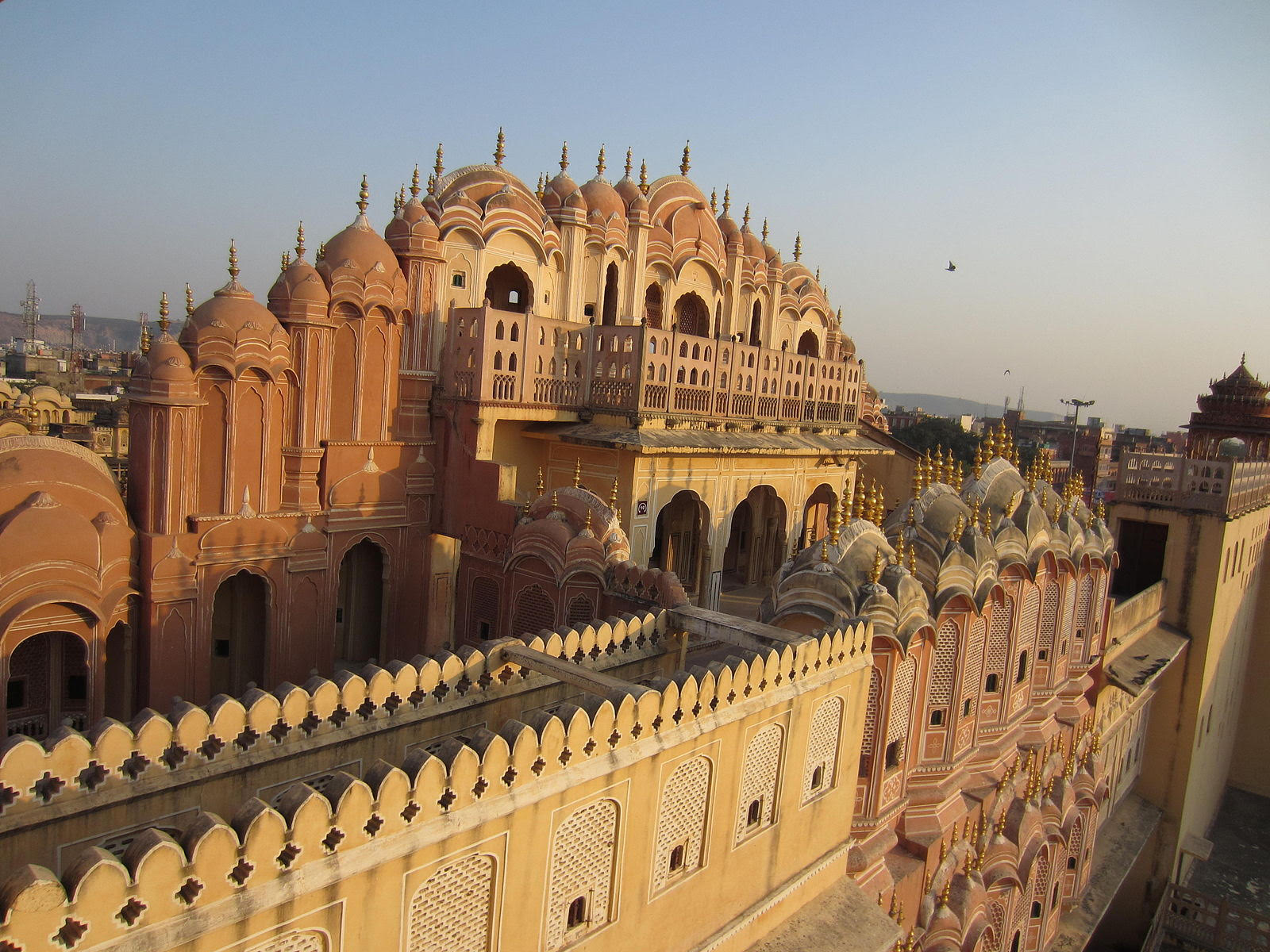
The alarming reports emerging from media regarding the threat to the UNESCO World Heritage Sites within Jaipur’s famed Wall City are deeply concerning. Just a few years ago, the people of Rajasthan had rejoiced when UNESCO conferred World Heritage status upon Jaipur's historic walled area—an urban marvel known globally for its architectural excellence and planned design. But within a span of merely six years, this global pride now faces a serious conservation crisis.
While many countries in Europe and America meticulously maintain their heritage structures—reaping significant tourism revenue in return—Jaipur’s historic structures are falling prey to encroachments, neglect, and unregulated construction. Despite the state government’s dedicated efforts toward maintenance and beautification, active citizen participation remains crucial. The public must understand that these structures are more than just historical remnants—they are invaluable assets that can become a consistent source of income and identity if preserved wisely.
Founded in 1727 by Maharaja Sawai Jai Singh II, Jaipur was globally admired even then for its scientific and aesthetic city planning. Its iconic wall city, designed by architect Vidyadhar Bhattacharya, was divided into nine blocks based on the Navagraha concept and surrounded by a massive protective fortification, punctuated by seven grand gates. These aren’t merely stone structures—they are a symbol of Jaipur’s soul and strategic vision. Notably, the walls also feature the exquisite art Jaipur is famed for, particularly from Surajpol to Chandpol.
However, time and encroachments have inflicted irreversible damage. A 2021 drone survey identified over 3,100 encroachments within the walled city, compromising both visibility and structure. The Pink City is not just a tourist destination; it is a living testimony to India’s urban and cultural excellence. It houses 108 internal gateways, the City Palace with 56 inner courtyards, iconic monuments like Hawa Mahal and Govind Dev Ji Temple, and traditional markets that still pulse with history.
If immediate action isn’t taken—by both authorities and citizens—Jaipur risks losing its most treasured legacy forever. Tourists will turn away, and the economic backbone built on heritage tourism could crumble. Rajasthan, often referred to as an “Open Art Gallery,” cannot afford to lose its unique position on the global tourism map. Every fort, palace, haveli, and ruin across the state adds to a collective cultural narrative. Their preservation is not just a matter of aesthetics—it is a duty of every citizen and an investment in future prosperity.